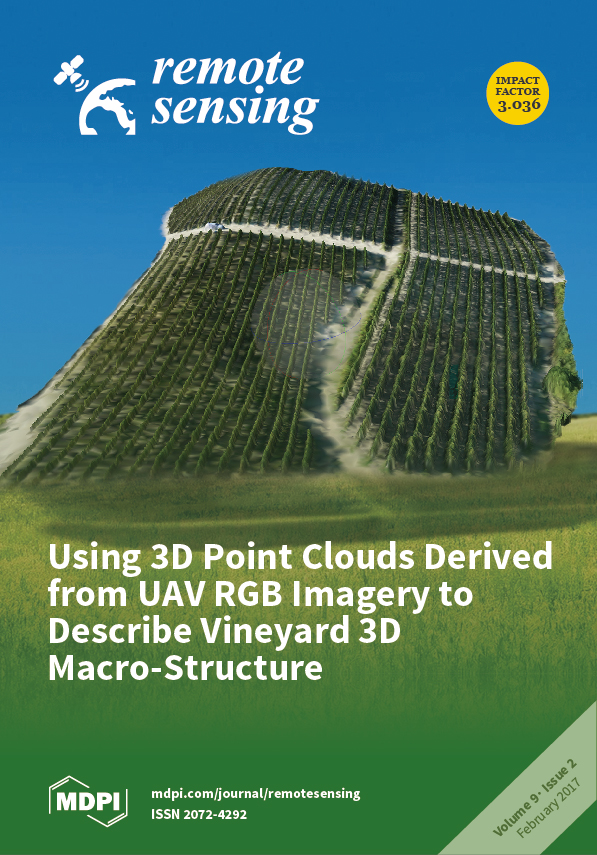The Temperature Vegetation Dryness Index (TVDI), a drought monitoring index based on an empirical parameterization of the Land Surface Temperature (LST)–Normalized Difference Vegetation Index (NDVI) space, has been widely implemented in a variety of ecosystems worldwide because it does not depend on ancillary
[...] Read more.
The Temperature Vegetation Dryness Index (TVDI), a drought monitoring index based on an empirical parameterization of the Land Surface Temperature (LST)–Normalized Difference Vegetation Index (NDVI) space, has been widely implemented in a variety of ecosystems worldwide because it does not depend on ancillary data. However, the simulation of dry/wet edges in the TVDI model can be problematic because remote sensing images do not have sufficient pixels to identify the wetness and dryness extremes of different vegetation coverages. In this study, an improvement in dry/wet edge simulation was proposed, and a comparison of the original TVDI and the modified Temperature Vegetation Dryness Index (TVDI
m) was performed for drought monitoring in Ningxia Province, which is a typical semi-arid region in China. First, the difference between the land surface temperatures in day and night (∆LST) was used as an alternative to LST when building the TVDI
m model. In addition, the wet edges were improved by removing outliers using a statistical method, and the dry edges were optimized by removing the “tail down” points in the NDVI range of 0.0–0.1. Here, the modeling process of TVDI
m in 2005, one of recent extreme drought year is illustrated. The results show that both the TVDI and TVDI
m can be used to monitor the temporal and spatial variations of drought, and the onset, duration, extent, and severity of drought can be reflected by TVDI and TVDI
m maps. However, the magnitude of TVDI is higher than that of TVDI
m, which could cause the TVDI-simulated drought condition to be elevated in normal years and underestimated in dry years. The TVDI
m has higher coefficients of correlation with in situ meteorological drought index and agricultural drought statistical data than does the original TVDI, and it exhibits better performance in drought monitoring compared to that of the original TVDI in semi-arid regions of China.
Full article





